Highlander Institute Blends Rhode Island
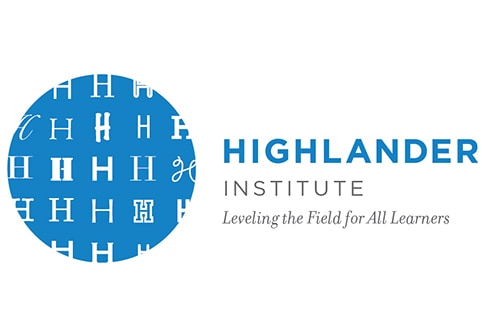
No state has a better blended learning partner than Rhode Island’s Highlander Institute. They hosted their 4th Blended Learning Conference (#HIBLC15) on Saturday. Executive Director Dana Borrelli-Murray introduced Commissioner Gist (who is heading to Tulsa). The Chiefs for Change chair outlined the progress of the last few years and championed continued progress in the blended and competency-based future.
.@tvanderark says no other state has better partner in #blendedlearning than RI does in @HighlanderInst. I agree! Hibc15
— Beth Rabbitt (@BethRabbitt) March 7, 2015
Students should be able to advance when ready & have extra time/more help when needed. They should not be limited in learning! #HIBLC15
— Deborah A. Gist (@deborahgist) March 7, 2015
We met on the first floor of the building housing the Rhode Island Department of Education and in the room where, in 2000, I met Big Picture’s Dennis Littky and the first graduating class of the Met, an innovative student-centered school (see feature). Inspired by Littky’s leadership on student engagement, I spoke about examples of blended environments that support student agency, project-based and deeper learning.
Next Gen Formula = blended, personalized, and competency-based #HIBLC15 @tvanderark
— Dr. Donna Okrasinski (@Dr_DonnaO) March 7, 2015
The governor recognized the work of five teachers–and I had the opportunity to visit them on Friday. My guide for the whirlwind Rhode Island tour was Highlander’s director of blended learning Shawn Rubin (@ShawnCRubin, a featured contributor to Smart Cities).
Our first stop was West Broadway Middle School, a new school in an old building. Principal William Black is an enthusiastic champion of his 300 middle grade students. Form math, teachers Rachel Salavatore (@RachSal44) and Hilary Lundgren (@miss_lundgren5) use a station rotation model, typically four groups of six students.
One group works with the teacher while the other three work on laptops or worksheets–often under the guidance of an aide or volunteer. Rotations were well managed with little down time. The level of engagement was very high despite a low level of personalization. As a first year teacher, Lungren displays remarkable situational awareness in a dynamic classroom– the number of decisions per minute in a teacher-driven blended environment is remarkable.
The new CAO of Providence Public Schools, Lori McEwen, and Julia Freeland from Christensen Institute joined us on the visit and participated in the observation using the iPad tool developed by Highlander’s research director Cathy Sanford. The walkthrough rubric is administered using Highlander’s own competency tracking tool, Metryx, to provide real-time analytics on the quality of blended instruction that is happening in each classroom. It prompted observers to gauge the use of space and time, execution of the blended model, incorporation of student-centered practices, promotion of higher order thinking, and the use of formative data.
Our second stop was Pleasant View Elementary, a Providence school that runs an inclusive blended environment with 42% special needs students. With Edelements as the platform partner, there is a mixture of station rotation, active whole group instruction and some self directed work. Educreations is one of the literacy apps. Advanced students build vocabulary on Free Rice.
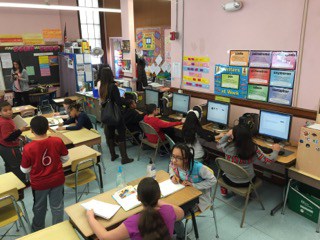 Like West Broadway, Nathanael Greene Elementary in Pawtucket is another 100 year old building with big rooms and tall ceilings. Tracey Kareemo was making the best of a few desktop computers in her room (after the Chromebooks had been yanked for PARCC prep). She is making good use of Edmodo’s Snapshot assessment system. Also like West Broadway, the level of engagement was very high with a higher percentage of self directed learning.
Like West Broadway, Nathanael Greene Elementary in Pawtucket is another 100 year old building with big rooms and tall ceilings. Tracey Kareemo was making the best of a few desktop computers in her room (after the Chromebooks had been yanked for PARCC prep). She is making good use of Edmodo’s Snapshot assessment system. Also like West Broadway, the level of engagement was very high with a higher percentage of self directed learning.
We laughed at the irony of cookie sales and Eat Healthy RI advertised side by side in the school entrance and on the website.
After a twenty minute drive to the southern coast, we were arrived at South Kingstown High School, a traditional 1100 student high school with a tutor annex out back housing an interesting array of online and blended courses. Teacher Diane Wilkens co-created content for her blended geometry class.
Assistant principal Rob Young has sold the community on the annex as home of exciting options rather than the alternative school it used to house. A few student take online IT, world language, and economics electives at the annex.
Our last stop on the Rhode Island blended tour was Village Green Virtual, a flex high school in a downtown Providence office building. Founder Robert Pilkington is a long time Rhode Island charter school leader. Students spend about 60% of their time in personalized learning on Edgenuity and 40% in teacher led workshops. At full capacity (next year) the school will have 270 students. The students we talked to appreciate the no nonsense work environment and some schedule flexibility. A few will graduate early from the competency-based school but most come to Village Green academically behind and find the college prep curriculum challenging to complete in four years.
Observations.
Teacher leaders. Other than Village Green which is a maturing schoolwide model, the others represent a couple classrooms in rather traditional schools. The recognized teachers benefited from Highlander guidance. In addition to informal supports several earl-adopter teachers in Rhode Island are taking part in Highlander Institute’s Fuse RI Initiative. This program trains teacher leaders, innovative principals and district level tech specialists in blended learning project management and then partners them with other Rhode Island districts that are interested in pushing forward with blended learing, but need personalized supports to make this happen. It’s time for school and district leaders to take advantage of these teacher leaders, build a shared vision and it on a timeline.
Access. A number of Rhode Island districts are rolling out Chromebooks. District leaders will need to add blended learning plans to their digital conversion plans to gain the full academic benefit.
Engagement. The level of engagement (or at least on task behavior) we saw in the five schools was remarkable high but not all of it reflected high expectations. Some high school tasks were elementary level. Some elementary blends simply traded paper worksheets for digital worksheets.
Degree of difficulty. The blended toolset is improving but is still short of what these teachers want and deserve. It’s still hard to create personalized playlists and combine formative feedback. (See product reviews of leading platforms).
Age cohorts. Compounding the degree of difficulty is the continued practice of grouping students by age rather than by demonstrated mastery. As a result, fifth grade teachers are scrambling to build lessons that flex from third grade to sixth grade. (Read about K-8 schools in Detroit that group students into 19 performance levels.)
Bad prep. Most local teachers are graduates of the Rhode Island College–a typical preparation program with little relationship to current challenges and opportunities. (See Preparing Teachers for Deeper Learning for a next-gen vision.)
Test prep. It’s bad enough having week long summative tests (especially in blended schools where it’s quite obvious how every student is progressing) but when administrators pull classroom laptops for test prep it creates months of test related disruption. Students, teachers, and parents shouldn’t have to tolerate a combination of bad test design, preparation, and administration.
State leadership and policy can be an accelerant or an anchor to innovation. Tomorrow Lisa Duty will be outlining Rhode Island’s commitment to blended learning.
Despite sector challenges, Rhode Island schools are beginning to make effective use of new tools. The promising environments described above are more engaging for students and will lead to higher levels of achievement and completion. Every region of the country needs a blended learning technical assistance group like Highlander Institute.
For more on the work in Rhode Island, check out:



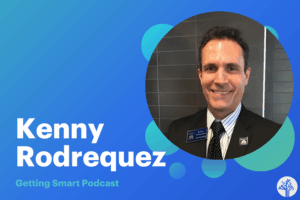
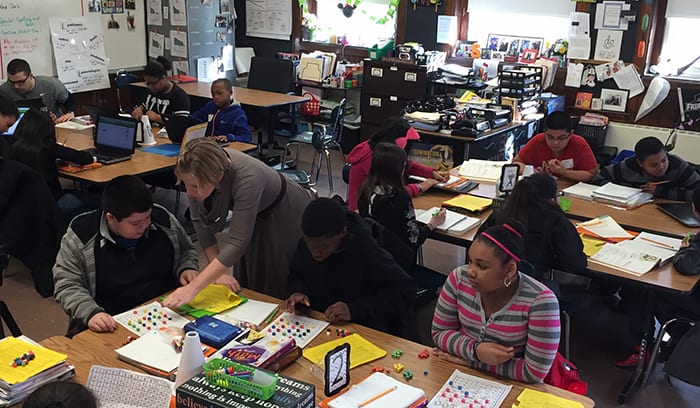
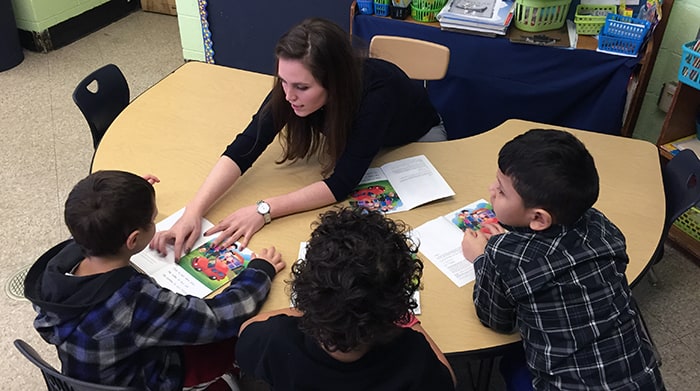
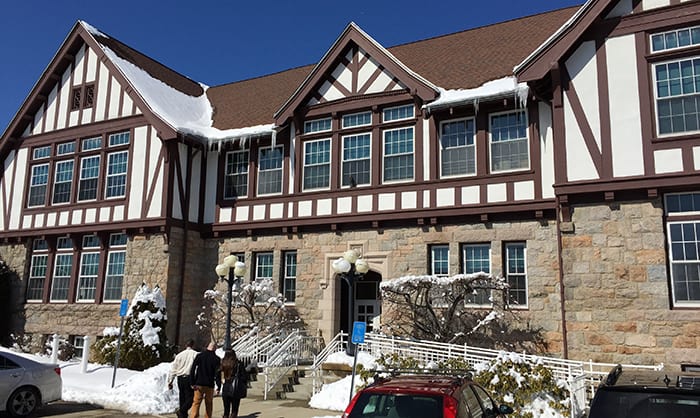
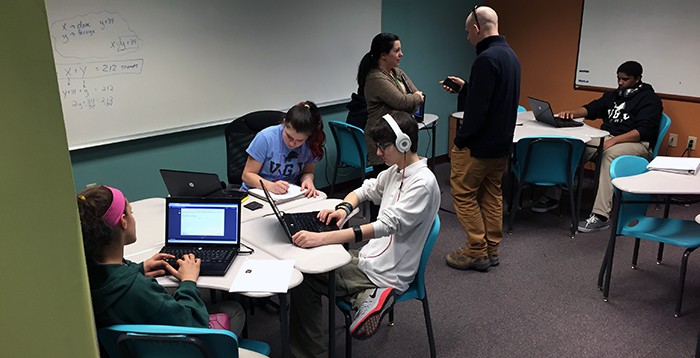
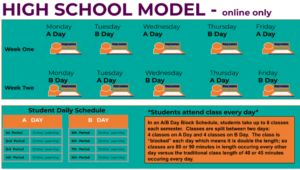



Tom Vander Ark
See USNews feature on Village Green:
http://www.usnews.com/news/articles/2015/03/09/village-green-virtual-rhode-islands-experiment-with-blended-learning